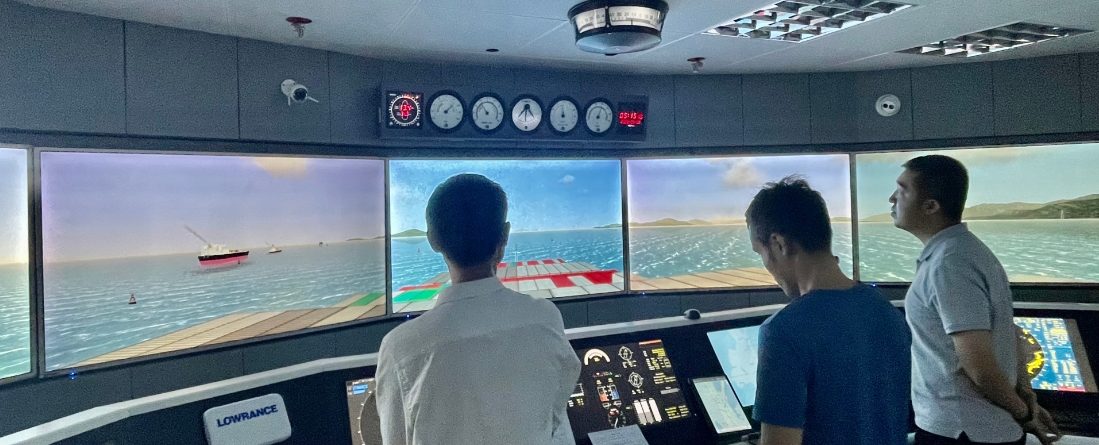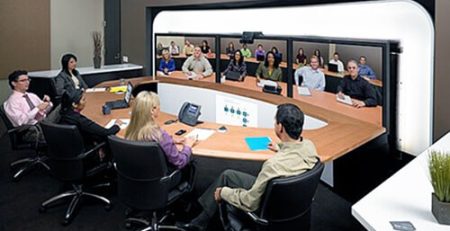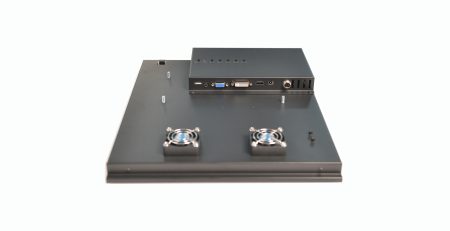In today’s rapidly digitalizing world, all industries rely on display solutions and industrial-grade displays, and the maritime sector is no exception. However, not all displays are suitable, and displays used in marine environments have some specific requirements.
The marine market includes various industries and activities related to the ocean. A large part of the world’s various imports and exports rely on marine transportation, such as oil and gas, fisheries, marine tourism and naval defense. Therefore, as the carrier of the global economy, the modernization of marine transport ships is also a key step to keep pace with the times. However, the complexity of the marine environment has also brought many challenges to the selection of displays. We must consider some long-term and short-term challenges when selecting industrial-grade displays.
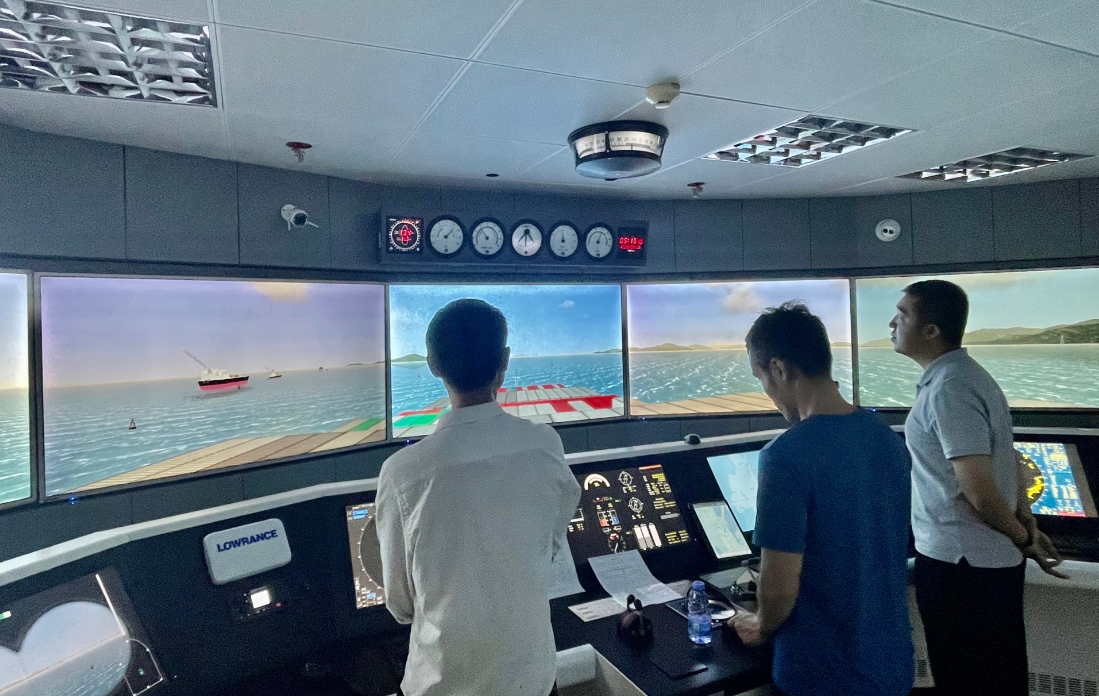
So what characteristics must industrial displays that can be used in the ocean have?
1. Durability and reliability
In the marine environment, the main problem is the waterproofness of the equipment and the ability to operate for a long time, so industrial displays must have good durability and stability. In sailing, there are usually long voyages of several weeks or even months, so there are high requirements for durability, high life, and 24-hour operation of industrial displays. In addition, long-term sailing will also face the effects of moisture and corrosion, so the waterproof, dustproof, and corrosion resistance of industrial-grade displays are stronger than ordinary displays.
2. Interactivity
In ocean voyages, long-term sailing life must require a little entertainment and education, so the interactivity of industrial displays becomes particularly important. Industrial displays support remote connection and control the display content through the network or dedicated protocols, and engineers can remotely debug the equipment or update parameters. In addition, the display also has precise, multi-touch functions, and can also support glove operation to meet a variety of needs. Therefore, ndustrial-grade displays can not only be used as entertainment equipment for crew members but also can play movies, conduct remote education or conduct training courses.
3. Readability
The ocean faces many natural challenges, such as thunderstorms, cloudy and sunny weather, etc., and visibility will change with changes in the environment. Therefore, the brightness, readability, resolution, viewing angle, seismic performance, etc. of industrial displays must meet marine requirements. The brightness of industrial-grade displays can be adjusted to adapt to the environment. In strong light environments, reflections may make the screen difficult to read. Anti-glare coatings or surface treatments can effectively reduce reflections and improve the visibility of displayed content.
4. Functional integration
Industrial displays have the characteristics of high functional integration. In the marine environment, they can integrate navigation and positioning, multi-language, global navigation satellite systems, radar systems, communication and information sharing, automatic identification systems, weather forecasts and environmental monitoring, unmanned ships and intelligent ships, and other functions and systems. The popularization and application of industrial-grade displays make modern navigation safer, more efficient, more modern, and more humane.
Golden Margins –Entire Range of Touchscreen Products
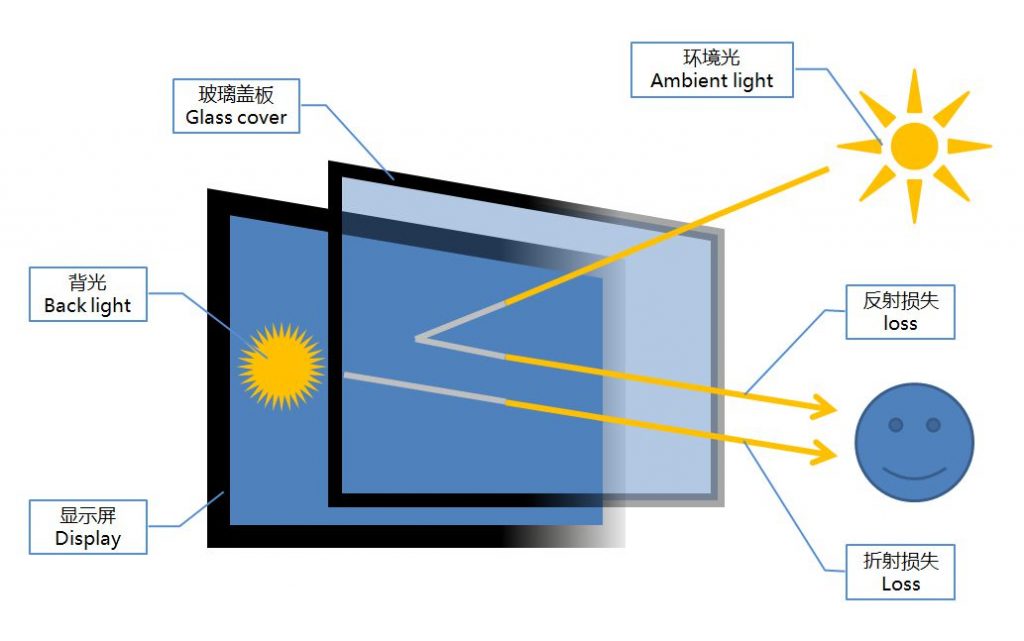
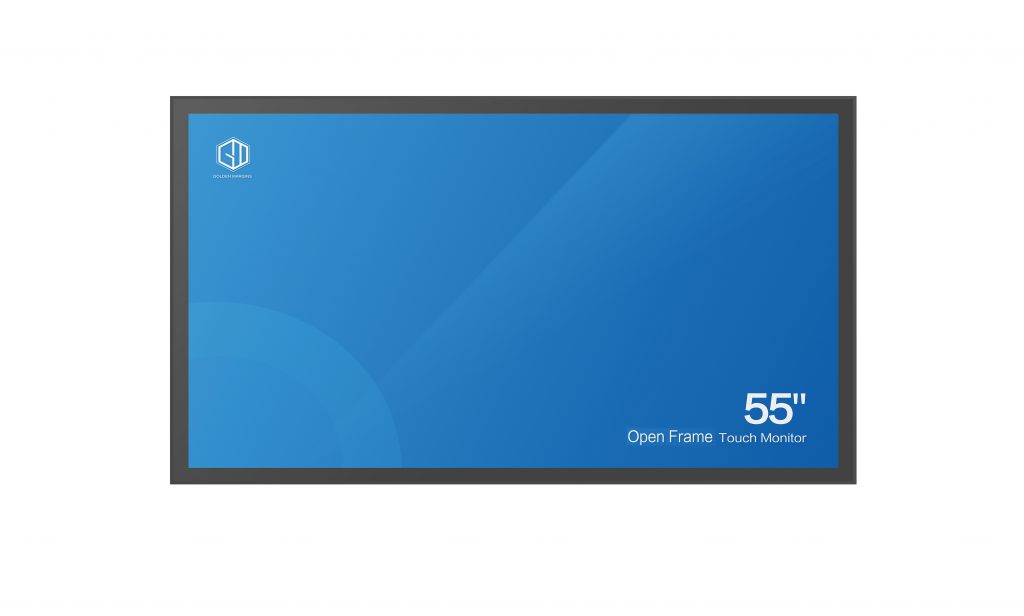
We hope you found these touchscreen or panel PC fundamentals informative. Goldenmargins offers a broad selection of Industrial Touchscreen Monitors and Touch Panel PCs in various sizes and configurations, including medical touch screens, sunlight-readable touch screens, open-frame touch screens, and waterproof touch panels, as well as other unique touch screen or panel PC designs. You can learn more about our services HERE or by calling us at +86 755 23191996 or sales@goldenmargins.com


